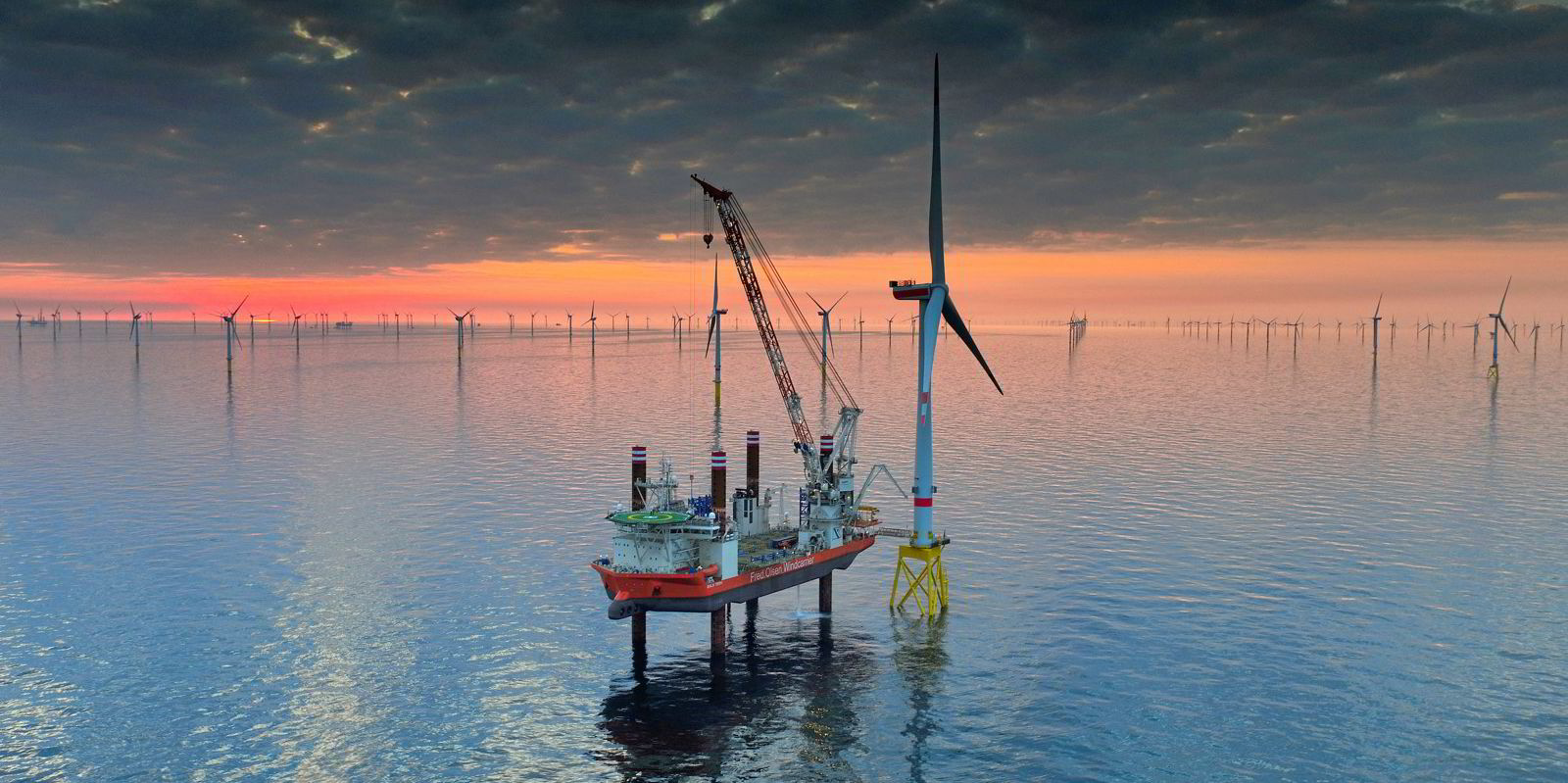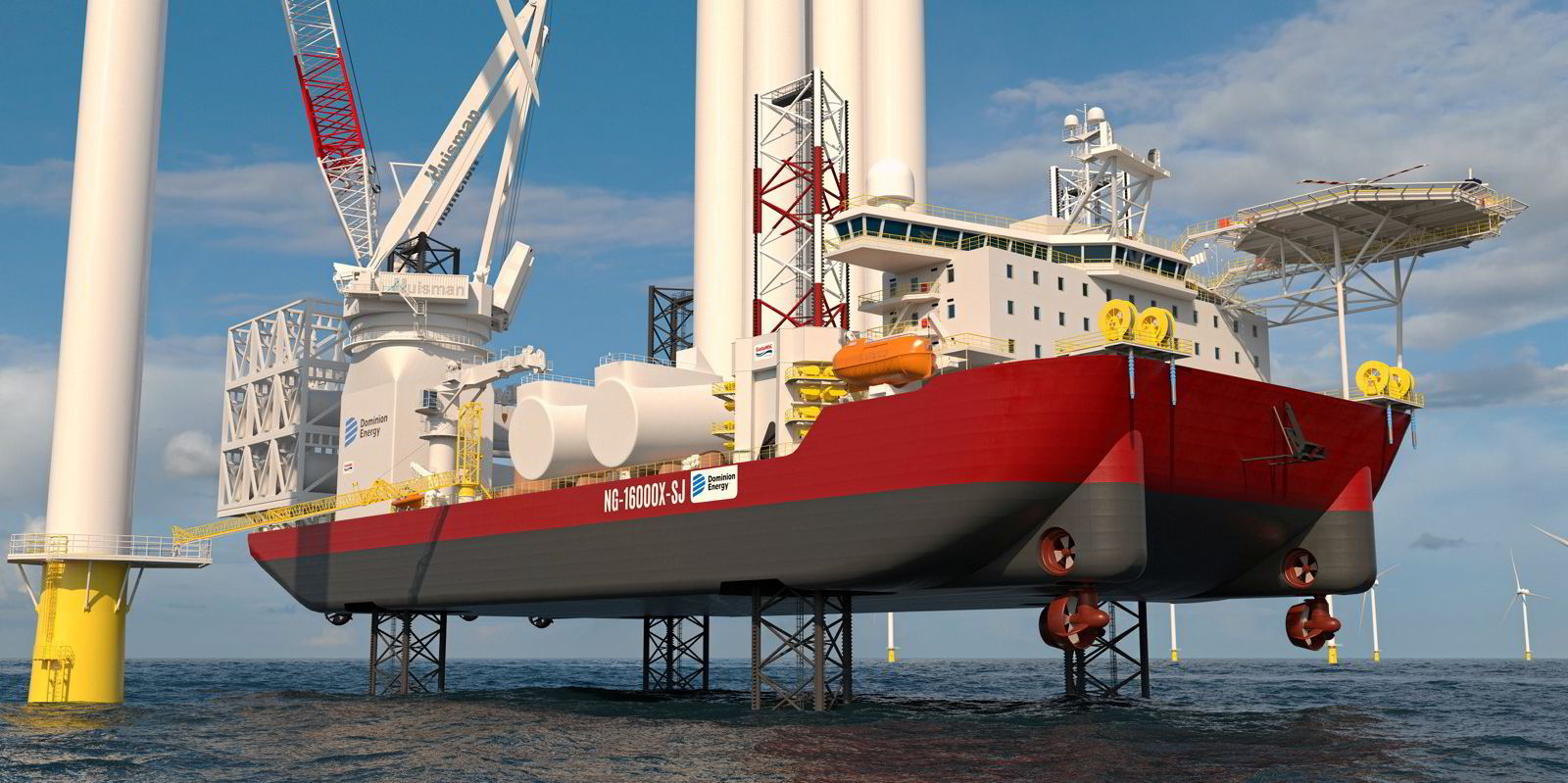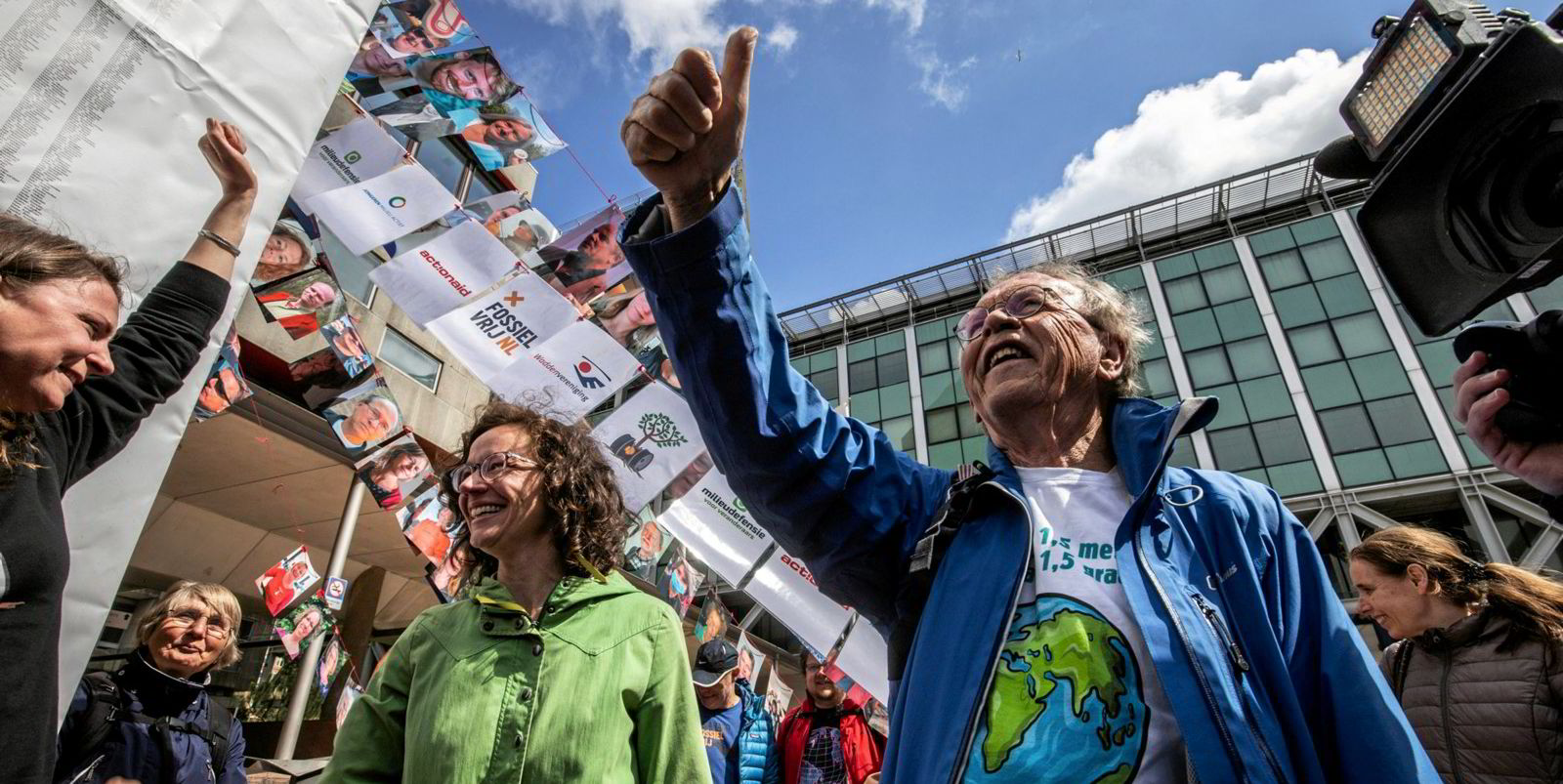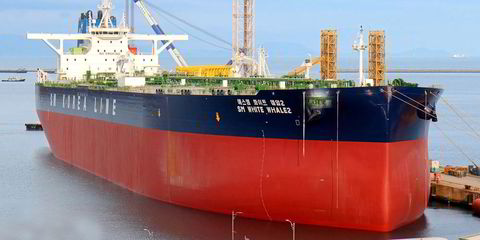The US push for offshore wind farms might need as many as 38 brand new vessels.
But how much that might cost — or how they will be paid for — is still being worked out.
During Marine Money Week's online US offshore wind panel on Wednesday, ABS senior vice president Matt Tremblay said the market will need between 18 and 30 special operations vessels (SOVs) and between six and eight wind turbine installation (WTIVs) vessels by 2030.
"That kind of depends on the projects sanctioned," he said.
US President Joe Biden has set a goal of producing 30 gigawatts of wind power by 2030, a figure officials say would provide power to 10m homes while cutting 78m tonnes of carbon emissions.
To achieve that, new vessels will have to be built at US shipyards given the Jones Act cabotage law requiring any ships carrying cargo between points in the US to be built, owned, flagged and crewed in the US.
Those newbuildings will likely be SOVs and WTIVs as they are not easily converted from other ship types.
Crowley Marine Services vice president of new energy services Jeff Andreini said SOVs can cost anywhere from $100m to $150m.
In March, the Florida company launched a joint venture with Danish outfit Esvagt to own and operate such ships.
"SOVs have never been built" in the US, Andreini said, predicting prices will eventually come down.
"There will be some challenges around that. There will be some lessons learned around that. I don't want to speak for shipyards, but I think there's a little bit of cushion they're building in, so they get it right the first time."
For WTIVs, there is one under construction in the US at Keppel AmFELS in Texas for Virginia-based Dominion Energy, while Scorpio Group-backed Eneti looks to build a second.
Dominion's ship, the Charybdis, comes with a $450m price tag.
Eneti has yet to enter into a deal for its Jones Act WTIV, and was cagey on how they would pay for it.
"It's a significant capital investment we don't make lightly," said Eneti managing director David Morant.
He said there were Jones Act compliance issues in paying for the ship, but it could come with a five or six-year payback profile.
"It's very attractive to partners, it's very attractive to equity," he said.







